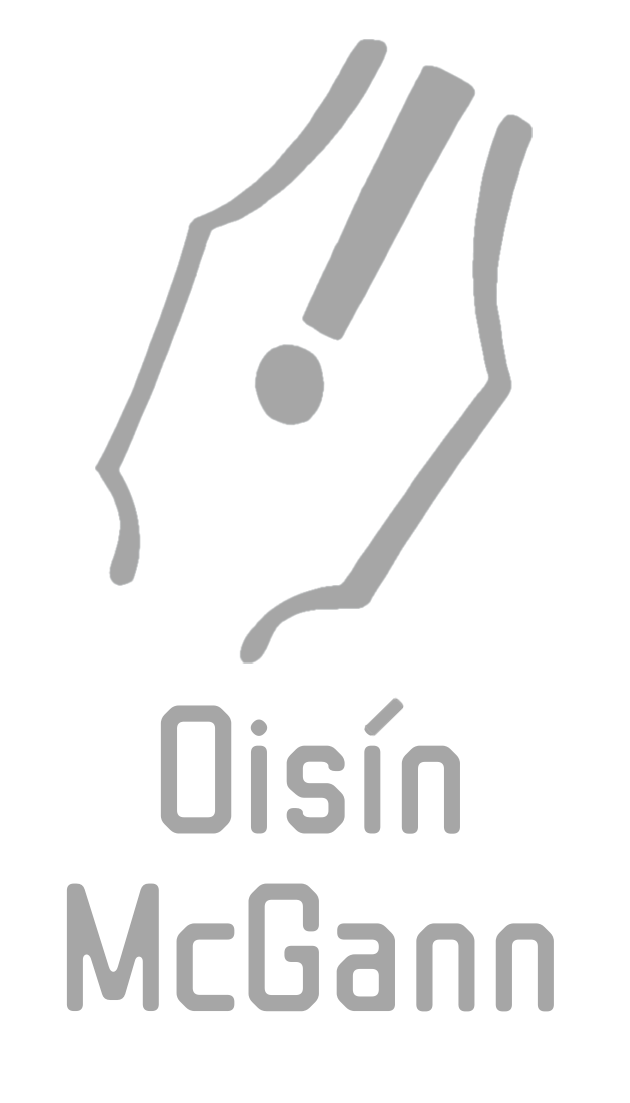It’s probably fitting that I was reading some of Edgar Allan Poe’s short stories over Halloween, as he was truly the grandaddy of modern horror. Any secondary school student can tell you that writing in the nineteenth century was a little wordy and long-winded for modern tastes. But with no television, radio, cinema or console games, they had plenty of time to kill, so writers could take their time telling a story.
 In a world where modern audiences demand punchy, fast-paced stories, Poe’s tales can sometimes seem awkward and unwieldy by comparison. But back in his day, he set the standard for the bizarre. And his influence has reached up from the grave to affect all of us writing this kind of stuff today.
In a world where modern audiences demand punchy, fast-paced stories, Poe’s tales can sometimes seem awkward and unwieldy by comparison. But back in his day, he set the standard for the bizarre. And his influence has reached up from the grave to affect all of us writing this kind of stuff today.
Many of Poe’s creations have been deposed by more recent stories, but he laid the foundations for many future tales of mystery, suspense, horror, sci-fi and fantasy and the just-plain-weird. Look at that picture, you can just see it in his face, can’t you? That’s a haunted man if ever I saw one.
He created C. Auguste Dupin, before Doyle gave us the remarkably similar Sherlock Homes. He wrote ‘The Oval Portrait’ before Oscar Wilde penned his classic tale of a soul captured in a painting in ‘The Picture of Dorian Gray’. In ‘The Facts in the Case of M. Valdemar’, Poe created a zombie. He influenced writers like Herman Melville and Jules Verne – Verne was so taken with one of Poe’s books, ‘The Narrative of Arthur Gordon Pym of Nantucket’, that he actually wrote a sequel to the tale of the adventures of a stowaway aboard a whaling ship.
 So if you’re young and you find the language of the nineteenth century a bit heavy going at times, that’s only natural. We speak and write differently now – but it is just the language. Poe’s stories have still stood the test of time. They’ve been made into comics, radio plays and films. Even two hundred years after his birth, he can still weave an eerie atmosphere, paint a picture in your mind – he can keep you riveted and leave you feeling just a little bit disturbed. Respect is due to Mr Poe.
So if you’re young and you find the language of the nineteenth century a bit heavy going at times, that’s only natural. We speak and write differently now – but it is just the language. Poe’s stories have still stood the test of time. They’ve been made into comics, radio plays and films. Even two hundred years after his birth, he can still weave an eerie atmosphere, paint a picture in your mind – he can keep you riveted and leave you feeling just a little bit disturbed. Respect is due to Mr Poe.
I’ve been indulging in a bit of nostalgia too, with a collected edition of stories from ‘Battle’, an action-packed war comic I read as a kid.  They had a great culture of researching stories well and a human, gritty style that many other comics of the time lacked. Most of the ones in this book are from before I started reading the comic, but it’s still a treat to see the likes of ‘Charley’s War’, ‘Johnny Red’ and ‘The Rat Pack’.
They had a great culture of researching stories well and a human, gritty style that many other comics of the time lacked. Most of the ones in this book are from before I started reading the comic, but it’s still a treat to see the likes of ‘Charley’s War’, ‘Johnny Red’ and ‘The Rat Pack’.
And last but not least for now, I got to meet and have dinner with Dave McKean the other day, when he came to Easons bookshop on O’Connell Street, in association with CBI. I’ve loved McKean’s work ever since reading ‘Arkham Asylum’ and seeing the work he did for Vertigo Comics back in the 90’s (although I only read Gaiman’s iconic ‘Sandman’ comics as a series much later).
 His mixture of superb drawing, painting, collage and photography helped change the face and perception of comics and threw the challenge down in front of every other artist to buck up their ideas. For me, comic art grew up when I saw work like McKean’s. Now he works in children’s books and we’re glad to have him. If you haven’t seen his illustrations in Neil Gaiman’s and David Almond’s books, you are truly missing out.
His mixture of superb drawing, painting, collage and photography helped change the face and perception of comics and threw the challenge down in front of every other artist to buck up their ideas. For me, comic art grew up when I saw work like McKean’s. Now he works in children’s books and we’re glad to have him. If you haven’t seen his illustrations in Neil Gaiman’s and David Almond’s books, you are truly missing out.
That’s it for the moment (it was another long one, wasn’t it?). Back soon with some news on the work and where I’ve been.
